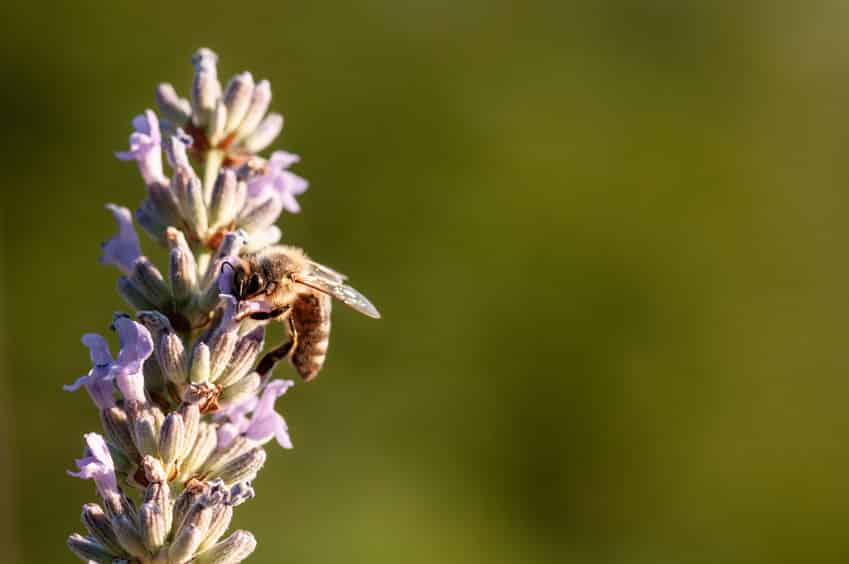By John Salak –
There is good and, of course, bad news on the bee front, much of it coming out of Australia. All of it could serve as a warning to the rest of the world that times remain tough when it comes to the critical health of these buzzing insects.
After almost a century of lost hope, field researchers in Australia have discovered that a rare bee thought to be extinct is actually still around.
This is pretty big news since at the best of times—like in 1923—only six individual examples of pharohylaeus lactiferous were ever found. Since none had been seen in the decades, most bee experts assumed this native Australia insect had simply gone the way of the dinosaurs.
The ‘rediscovery’ of P. lactiferous, as this species is known among experts, followed extensive sampling of sites in New South Wales and Queensland. Given that there are almost 1,299 bee species in these areas, researchers were stunned to find a few apparently isolated populations of these bees still buzzing about.
“Three populations of P. lactiferous were found by sampling bees visiting their favored plant species along much of the Australian east coast, suggesting population isolation,” reported James Dorey, one of the researchers and a PhD candidate at Flinders University in Australia.
That, of course, is the good news. The bad news is that these newfound examples of P. lactiferous remain under extreme pressure due to the loss of habitat, fragmentation of Australia’s rainforests, increased wildfires and climate change.
Australia, after all, has put lots of its native species under threat after clearing almost half of its forests and woodlands since European colonization, according to researchers at Flinders.
That may be sad but the fuss over the declining worldwide bee populations has the potentially far-reaching environmental and economic impact.
Bees are an environmental powerhouse. They pollinate food crops in many underdeveloped areas, while also helping to maintain wildflower stocks that serve to support natural habitats. Of course, they’re essential to the production of honey and a growing list of related products. This translates into billions of dollars in revenues that supports over 1,000,000 jobs worldwide.
Unfortunately, helping to stabilize the bee populations isn’t simple, according to another Australian institution, Curtin University.
Residential gardens may look nice and attract bees, but they are a poor substitute for native brushlands when it comes to sustaining critical bee populations, the university reported.
The research team found after examining bee interaction with residential gardens and native brushlands that pollination impact was severely limited when it came from gardens versus native areas.
“We found residential gardens were structurally different to those in bushland remnants, and the increasing loss of these native areas for residential development could disrupt important bee-plant interactions,” reported lead author Kit Prendergast,
The implications of continued destruction of native brushlands is far reaching in terms of biodiversity, the balance and integrity of local ecosystems, and acerbation of chain extinctions, Prendergast’s team reported.
She specifically warned that the continued onrush of urban development is a threat to native bee and plant populations, which have wider impacts.
“The research shows the importance of bushland preservation to the survival and health of bee populations and the broader ecosystems,” she explained.













